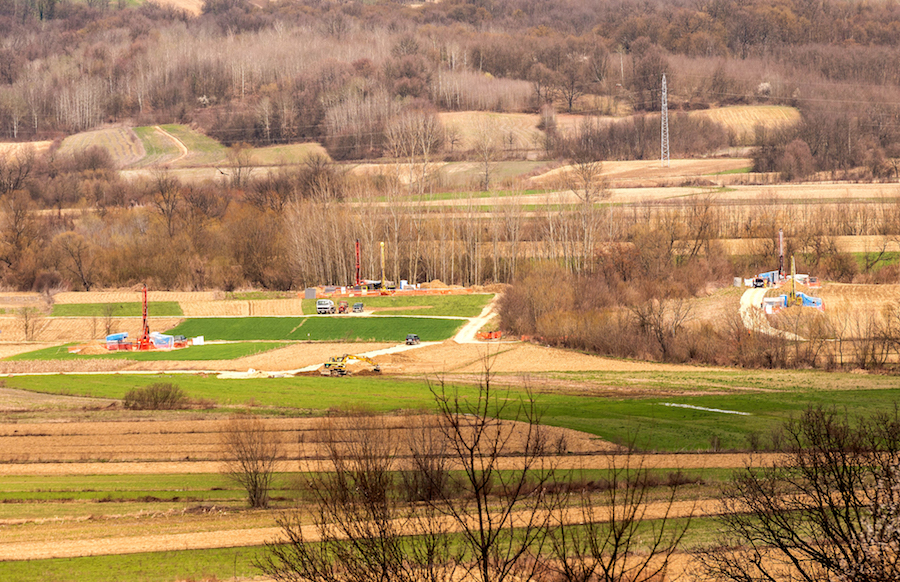
Pre-feasibility studies have shown that the Jadar project has the potential to produce both battery grade lithium carbonate and boric acid.
Feasibility study is expected to be complete at the end of 2021
The deposit is located on the doorstep of the European Union, one of the fastest growing electric vehicle (EV) markets in the world. Boric acid is a key raw material for advanced glass and fertilizer products and would be integrated with and complementary to Rio Tinto’s established position in this market.
“The scale and high grade nature of the Jadar mineralisation provides the potential for a long life operation in the first quartile of the industry cost curve for both products,” the company said in a press release.
Jadar, one of the largest greenfield lithium projects in development, would be capable of producing approximately 55 thousand tonnes of battery grade lithium carbonate, as well as 160 thousand tonnes of boric acid (B2O3 units) and 255 thousand tonnes of sodium sulfate as by-products per year.
“It represents a significant investment for Serbia with both direct and indirect economic benefits and would become the country’s second-largest exporter,” Rio said.
At the end of July 2020, the project moved into feasibility study, with an investment of almost $200 million on a scope that includes engineering, land acquisition, workforce, and supply preparation for construction, permitting and the early infrastructure development.
Rio Tinto said the feasibility study is expected to be complete at the end of 2021 and, if approved, construction could take up to 4 years.




